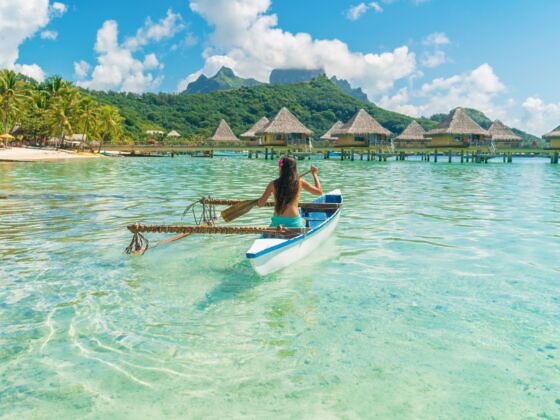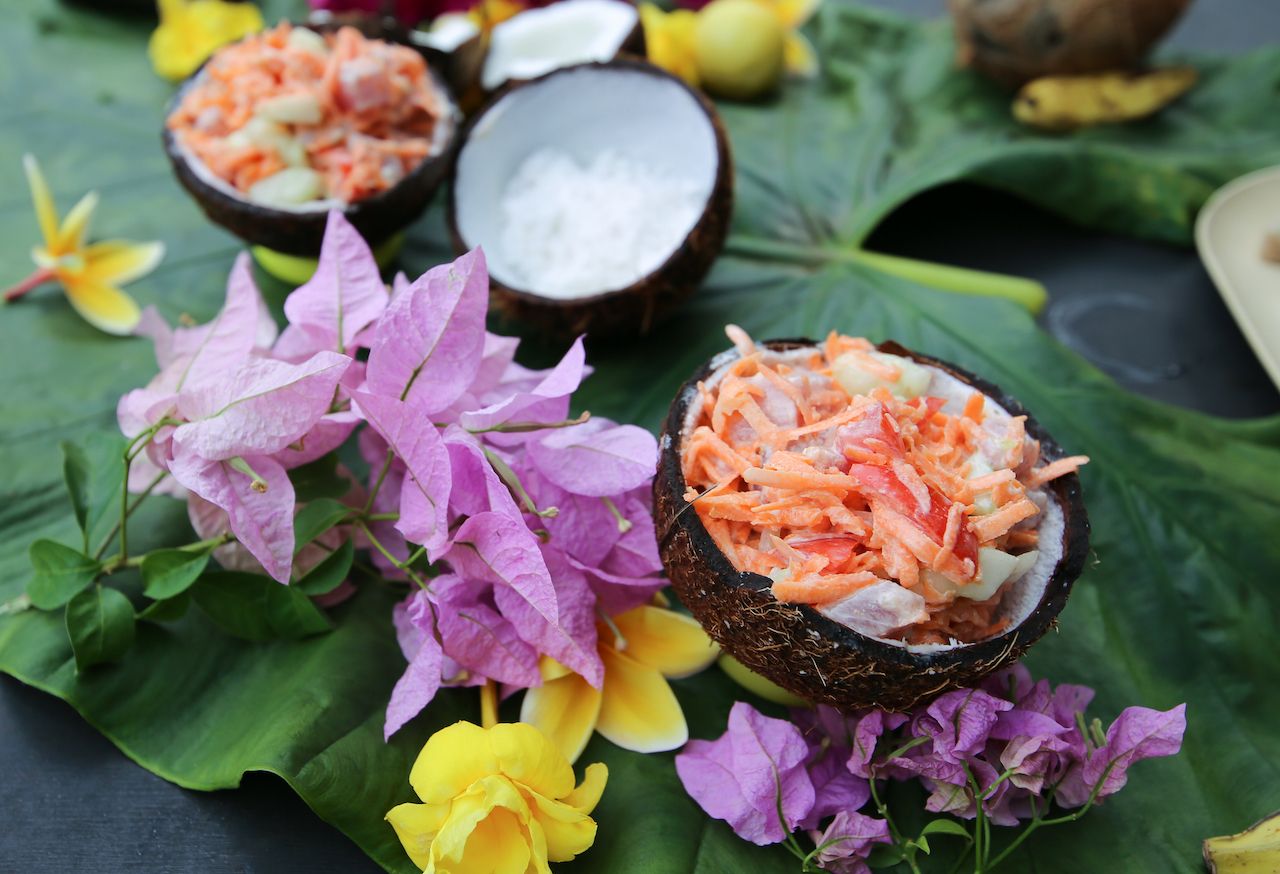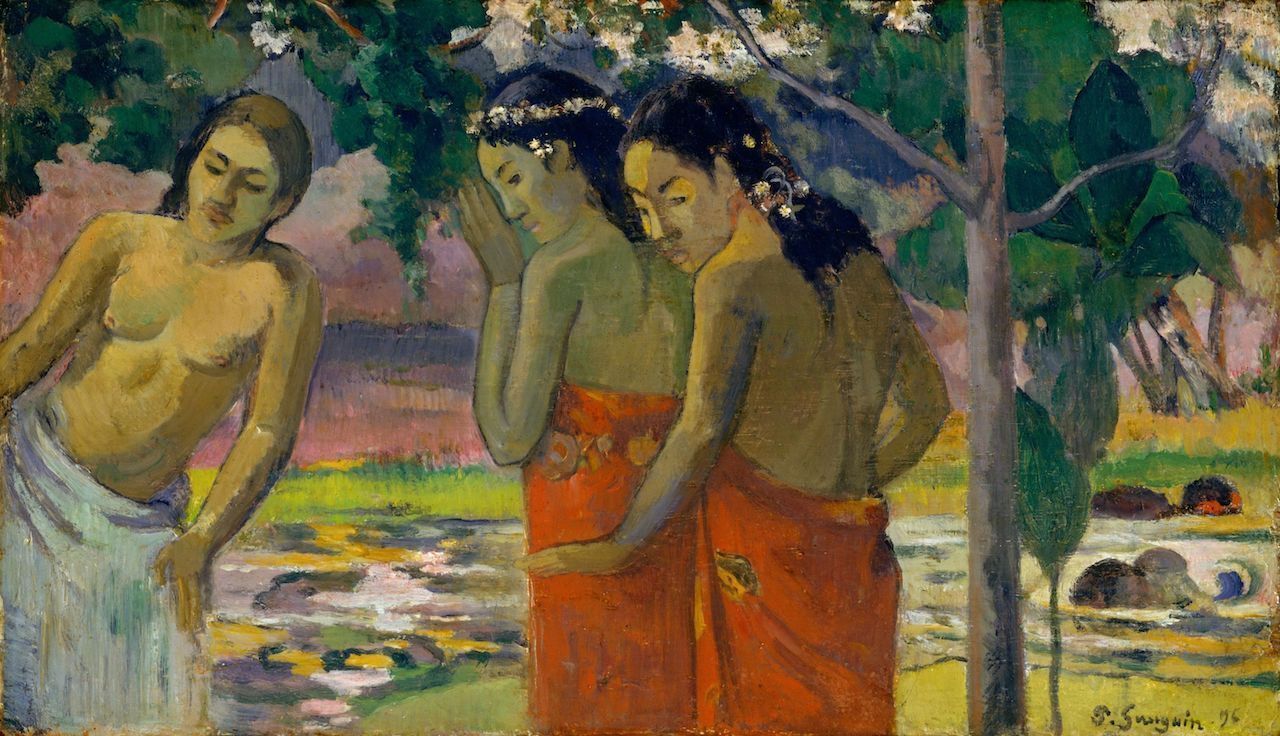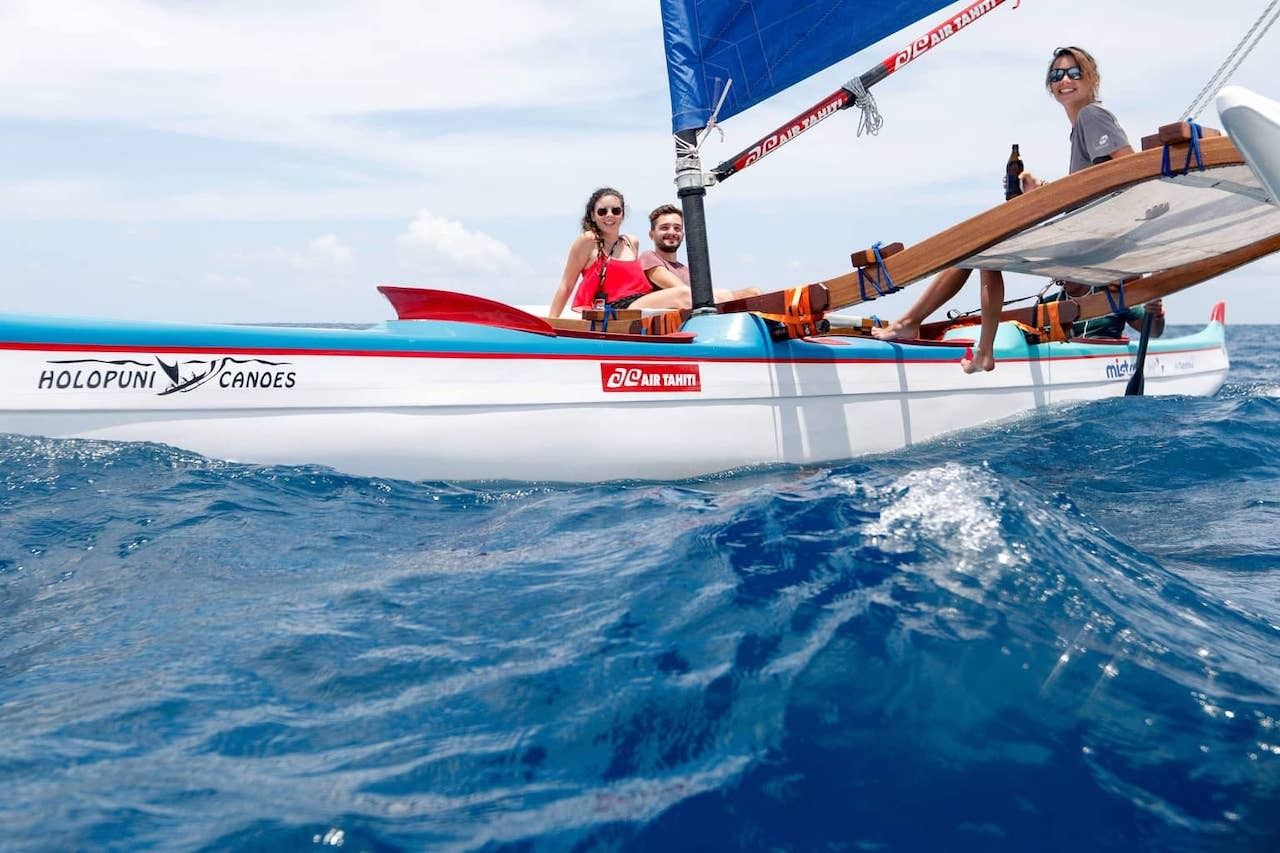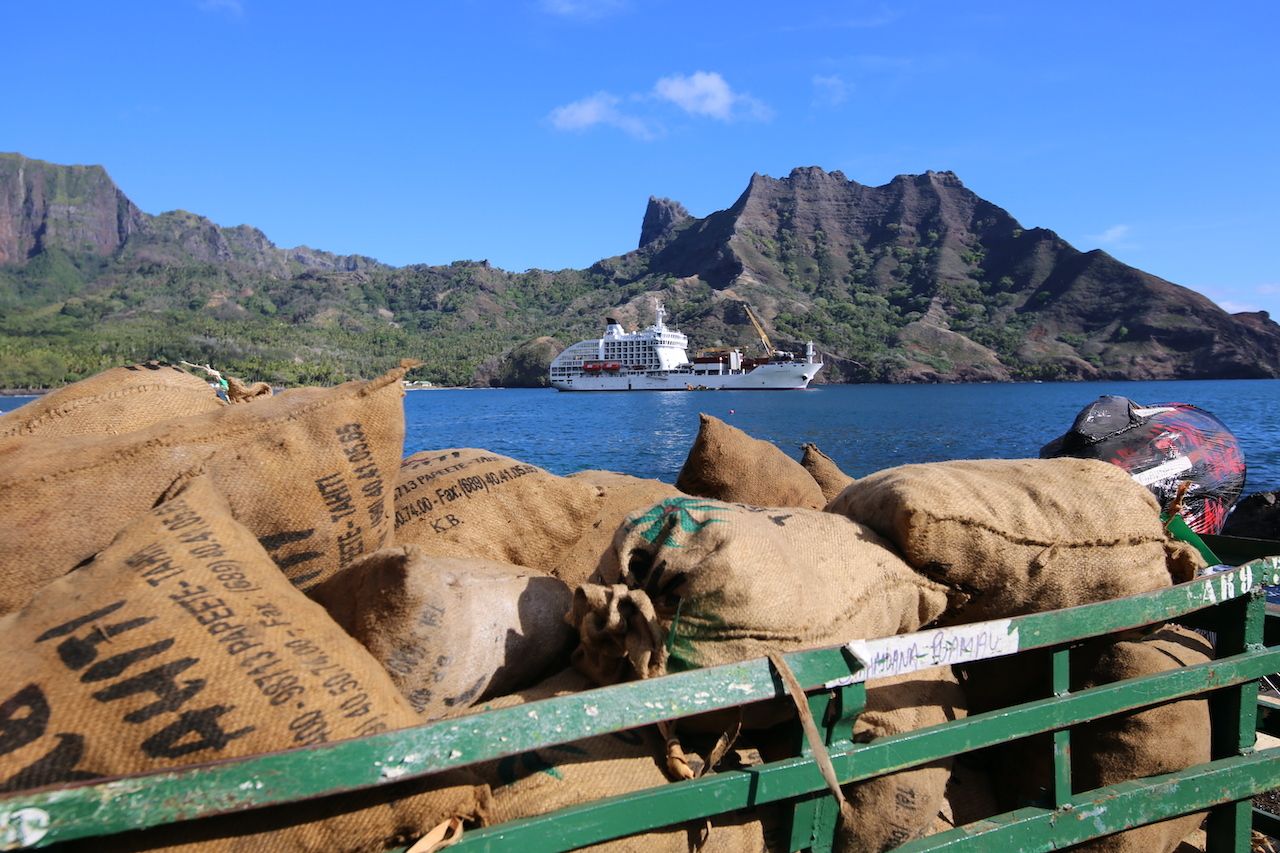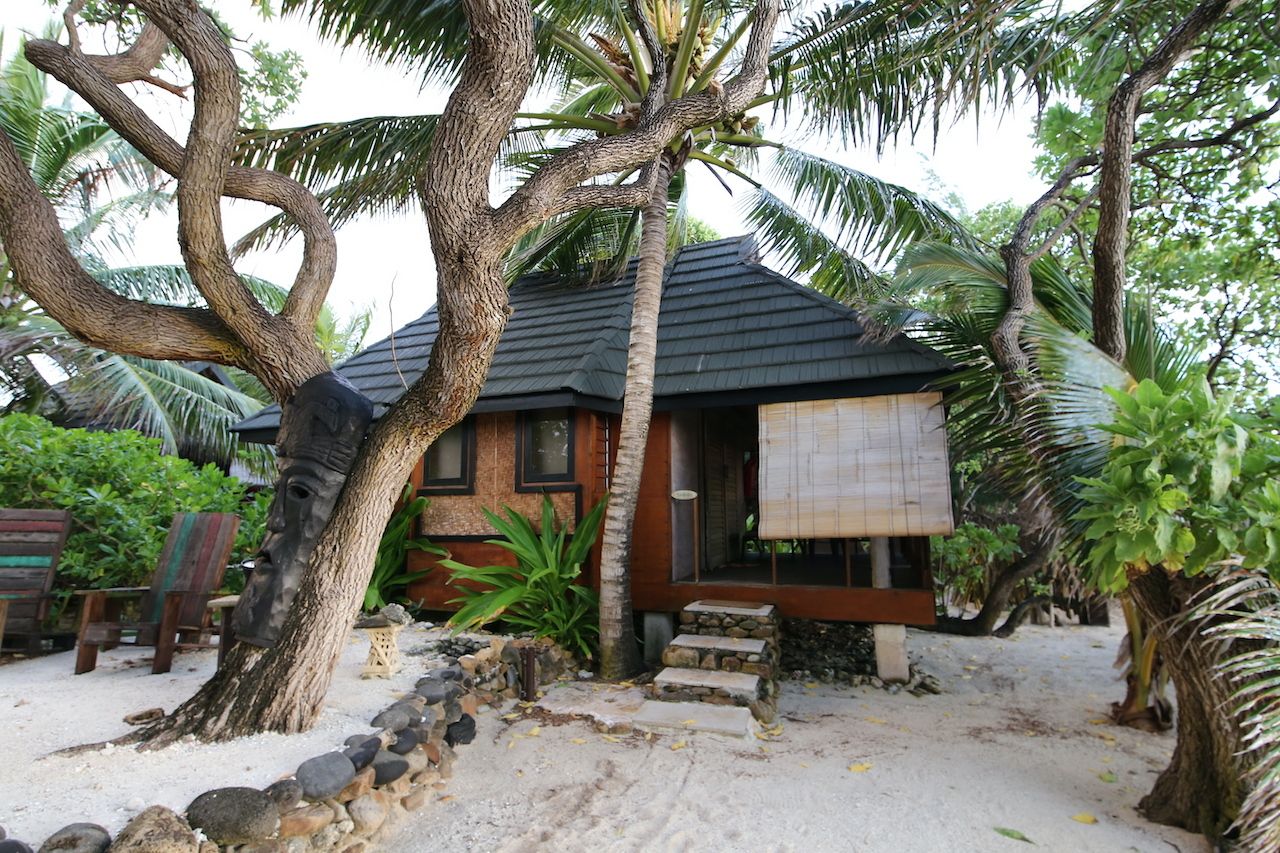French Polynesia, often just called “Tahiti,” in reference to its capital island, is just a speck in the ocean on a world map. The 118 islands and atolls that make up the region are remote from the rest of the world — it’s a seven-hour flight from Los Angeles. The location is perhaps why, historically, Tahitians were some of the world’s best navigators. They sailed between Tahitian islands and nearby neighbors as early as 200 BC in narrow outrigger canoes called va’a.
In recent years, tourism has brought people from around the world to these paradisiacal islands. French Polynesia actively leans into that tourism boom by leveraging its culture and traditions to appeal to global travelers anxious to trade in their laptops and team building sessions for lagoons and tiki statues.
If you’re thinking about visiting these idyllic South Pacific islands, here are eight of the best things to do in Tahiti across the country’s islands.
